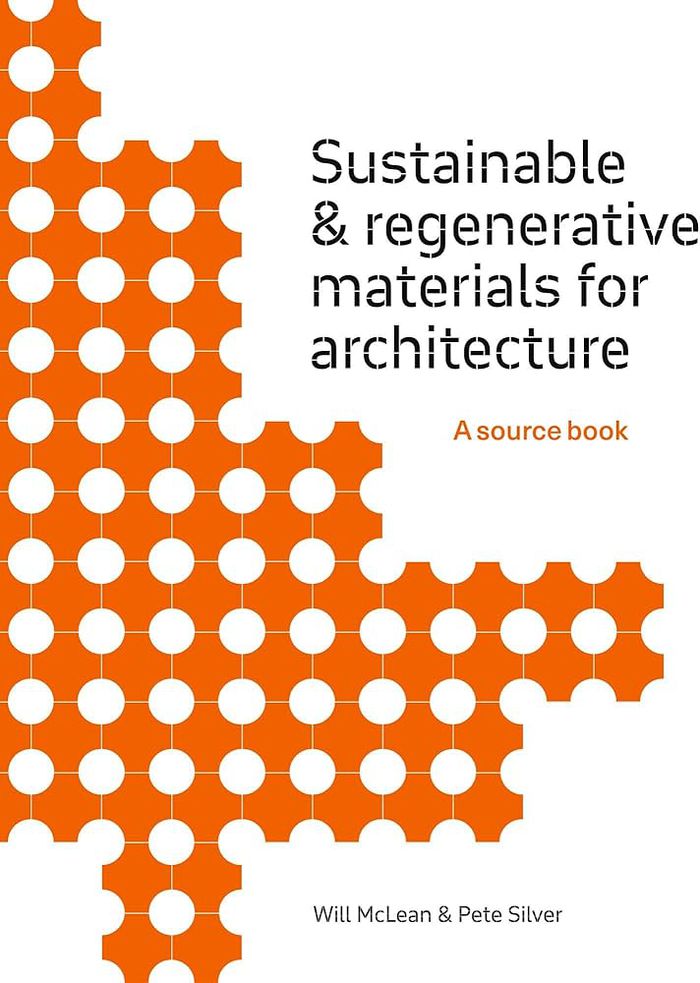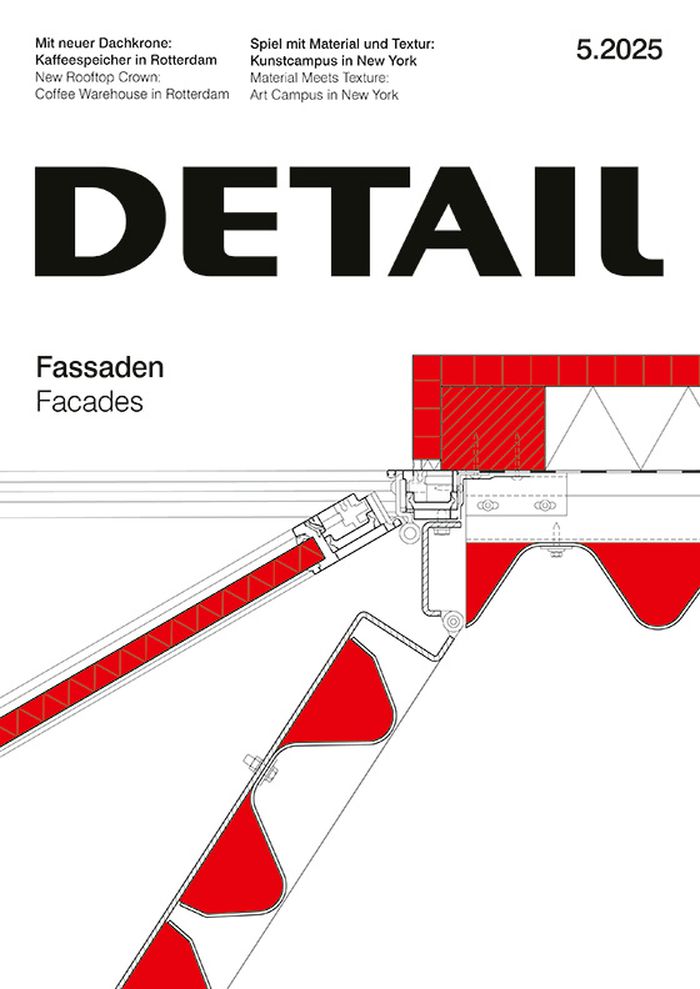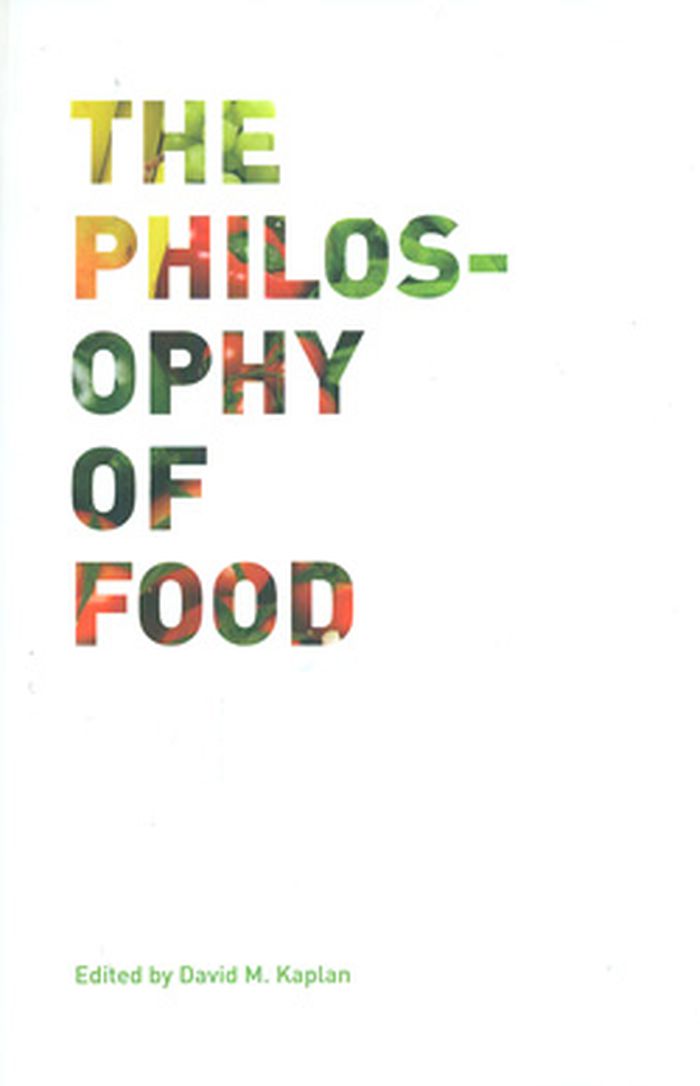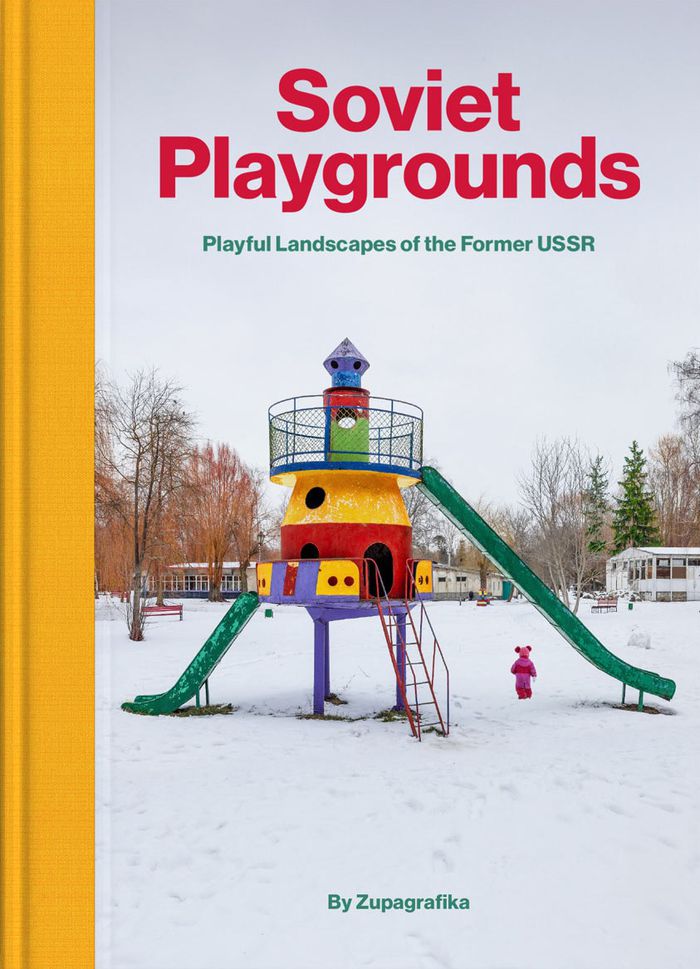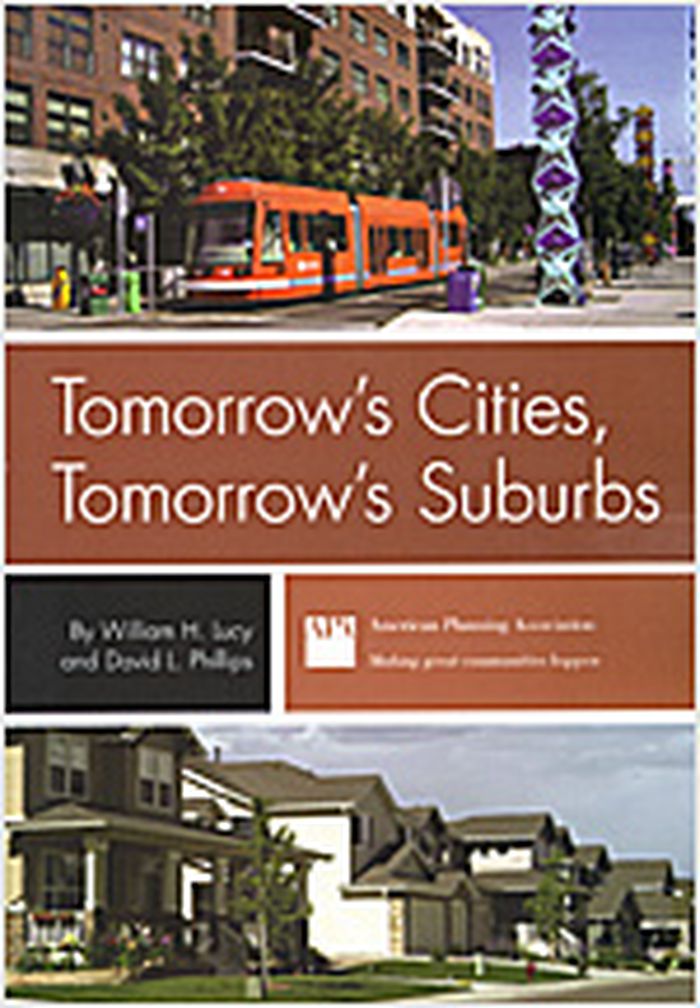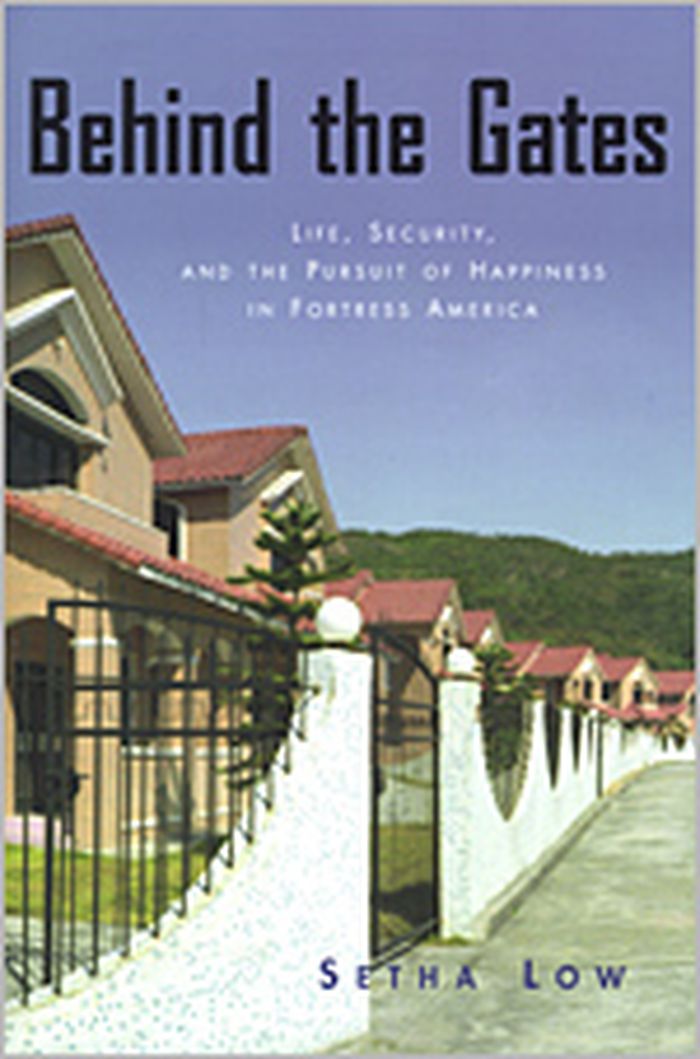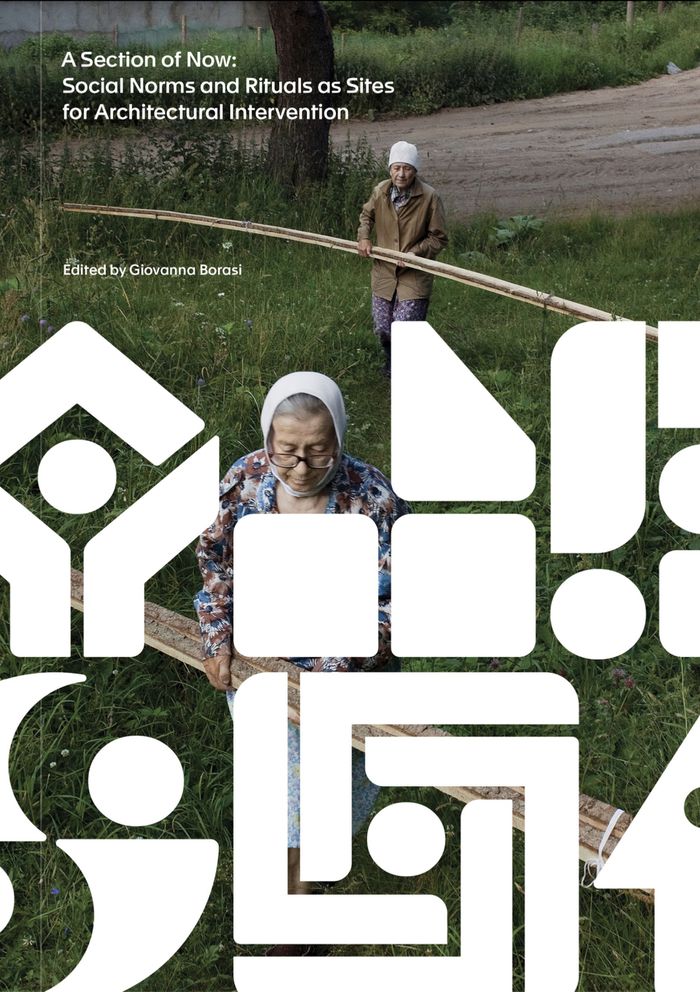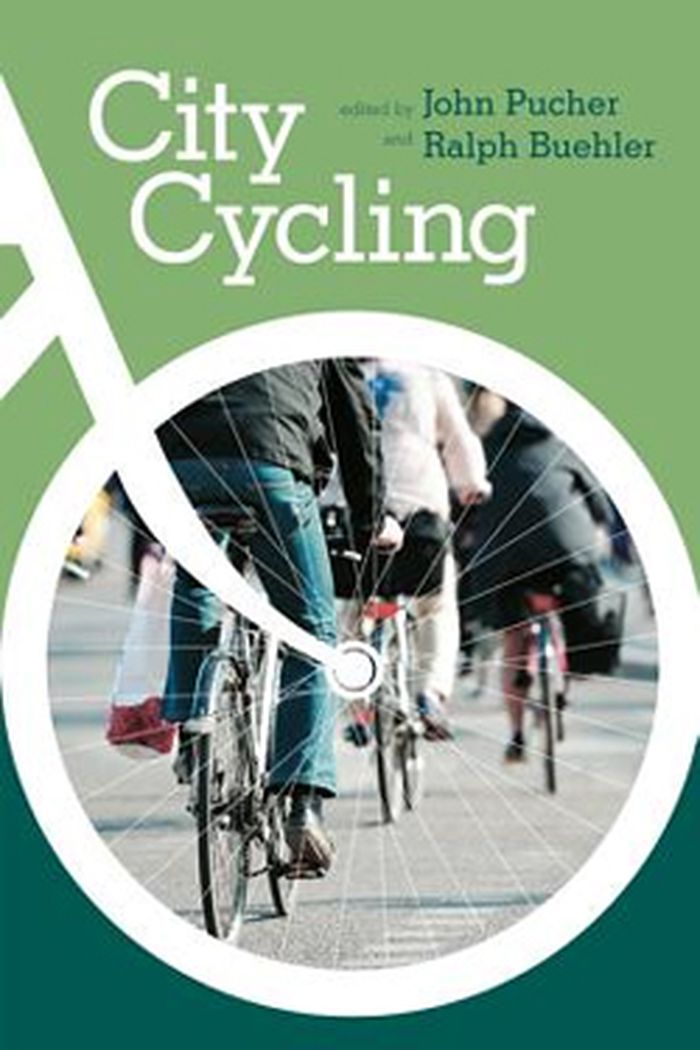$75.00
(available in store)
Summary:
There is a creative explosion of work taking place in architecture and design schools exploring materials such as mycelium, clay/earth, engineered timber, bio-based plastics and algae. This handbook of low- and no-carbon materials for architects and designers focuses on sustainable materials, their sourcing, technical properties and the processes required for their use in(...)
Sustainable and Regenerative Materials for Architecture: A Sourcebook
Actions:
Price:
$75.00
(available in store)
Summary:
There is a creative explosion of work taking place in architecture and design schools exploring materials such as mycelium, clay/earth, engineered timber, bio-based plastics and algae. This handbook of low- and no-carbon materials for architects and designers focuses on sustainable materials, their sourcing, technical properties and the processes required for their use in architecture. The book showcases new and rediscovered processes for material fabrication, responsible sourcing and creative material design. Material properties (structural, thermal, fire, health and life safety) are described and case studies from around the world illustrate the inventive ways in which these materials have been deployed in the built environment. The book is designed as an introduction to the exciting and rapidly changing world of construction materials. With a better understanding of the social, environmental and economic sustainability of any given material - alongside its technical properties - students of architecture can lead the change in responsible and creative material use.
Green Architecture
books
$44.95
(available to order)
Summary:
"In search of new public domain" is a report of an intensive quest to establish the preconditions for the design of new public spaces. On the basis of an analysis of the cultural geography of the network city, the authors develop a new perspective of cultural exchange as a typical urban quality. They are critical of the laments about the decline of the city and public(...)
In search of the new public domain : analysis and strategy
Actions:
Price:
$44.95
(available to order)
Summary:
"In search of new public domain" is a report of an intensive quest to establish the preconditions for the design of new public spaces. On the basis of an analysis of the cultural geography of the network city, the authors develop a new perspective of cultural exchange as a typical urban quality. They are critical of the laments about the decline of the city and public space, as much as of a naive faith in architecture and urbanism as saving graces. A critical investigation of the new collective spaces that are popping up across the whole of the urban field offers an insight into the factors that facilitate the development of new public domain. Through their clarification of the theoretical background and analysis of topical issues such as public safety and social segregation, the authors offer insights and instruments for policy-makers and designers who are confronted with the new task of the design of public domain in the network city.
books
March 2002, Rotterdam
Urban Theory
Detail 5 2025 : Facades
$55.00
(available in store)
Summary:
The facade is a building’s most outward-facing element. The interplay of materials, textures, colours, and transparent or opaque surfaces defines not only its external character but also its contribution to the urban fabric. While facades in past centuries evolved from traditional construction methods and locally sourced materials, today’s design possibilities are far(...)
Detail 5 2025 : Facades
Actions:
Price:
$55.00
(available in store)
Summary:
The facade is a building’s most outward-facing element. The interplay of materials, textures, colours, and transparent or opaque surfaces defines not only its external character but also its contribution to the urban fabric. While facades in past centuries evolved from traditional construction methods and locally sourced materials, today’s design possibilities are far more varied. Technical advances have extended the range of materials we can use and combine across various construction systems. Windows can be any size – from fully enclosed to fully transparent, virtually anything is possible. However, stricter regulations on thermal insulation and airtightness have introduced new constraints. Single-skin facade systems are now the exception; in most cases, a double- skin wall structure with a protective outer layer – the cladding – has become the standard. The projects featured in this issue reveal the diverse ways architecture firms approach the art of cladding – from used roadside safety barriers repurposed for a Swiss maintenance depot to a rich mix of textures shaping an art complex in New York.
Magazines
The philosophy of food
$37.95
(available to order)
Summary:
This book explores food from a philosophical perspective, bringing together sixteen leading philosophers to consider the most basic questions about food: What is it exactly? What should we eat? How do we know it is safe? How should food be distributed? What is good food? David M. Kaplan's erudite and informative introduction grounds the discussion, showing how(...)
The philosophy of food
Actions:
Price:
$37.95
(available to order)
Summary:
This book explores food from a philosophical perspective, bringing together sixteen leading philosophers to consider the most basic questions about food: What is it exactly? What should we eat? How do we know it is safe? How should food be distributed? What is good food? David M. Kaplan's erudite and informative introduction grounds the discussion, showing how philosophers since Plato have taken up questions about food, diet, agriculture, and animals. However, until recently, few have considered food a standard subject for serious philosophical debate. Each of the essays in this book brings in-depth analysis to many contemporary debates in food studies--Slow Food, sustainability, food safety, and politics--and addresses such issues as "happy meat," aquaculture, veganism, and table manners. The result is a resource that guides readers to think more clearly and responsibly about what we consume and how we provide for ourselves, and illuminates the reasons why we act as we do.
Food
$52.00
(available to order)
Summary:
A photographic survey of Soviet-era playgrounds found in former members of the USSR, such as Ukraine, Lithuania, Latvia, Estonia, Russia, Belarus, Kazakhstan, Tajikistan, and Uzbekistan. Through five chapters containing more than 150 photographs, the book documents the mass-produced, yet diverse play equipment installed in the communal spaces of socialist-era housing(...)
Soviet playgrounds: Playful landscapes of the former USSR
Actions:
Price:
$52.00
(available to order)
Summary:
A photographic survey of Soviet-era playgrounds found in former members of the USSR, such as Ukraine, Lithuania, Latvia, Estonia, Russia, Belarus, Kazakhstan, Tajikistan, and Uzbekistan. Through five chapters containing more than 150 photographs, the book documents the mass-produced, yet diverse play equipment installed in the communal spaces of socialist-era housing estates, such as rocket slides and earth-shaped climbers, spaceships and animal-themed ladders, cosmic roundabouts and bizarre objects that would probably raise safety concerns nowadays. From Riga to Dushanbe and all the way from Kyiv to Vladivostok, children dreamt of becoming cosmonauts, and enjoyed the many space-themed playscapes which had proliferated since the onset of the Cold War era. While some are still in use, others are slowly disappearing to make way for modern equipment, or, more recently, being destroyed during the Russian invasion of Ukraine, becoming only a faint memory of a Soviet childhood. Includes a foreword by the Ukrainian urban planner Mykola Gorokhov and informative maps of the playgrounds featured in every chapter. Pictures were taken by Zupagrafika, with contributions by local photographers.
Modernism
$69.95
(available to order)
Summary:
Cities ruled the first half of the 20th century; the second half belonged to the suburbs. Will cities become dominant again? Can the recent decline of many suburbs be slowed? "Tomorrow’s cities, tomorrow’s suburbs" predicts a surprising outcome in the decades-long tug-of-war between urban hubs and suburban outposts. Planning scholars William H. Lucy and David L.(...)
Urban Theory
February 2006, Chicago, Washington D.C.
Tomorrow's cities, tomorrow's suburbs
Actions:
Price:
$69.95
(available to order)
Summary:
Cities ruled the first half of the 20th century; the second half belonged to the suburbs. Will cities become dominant again? Can the recent decline of many suburbs be slowed? "Tomorrow’s cities, tomorrow’s suburbs" predicts a surprising outcome in the decades-long tug-of-war between urban hubs and suburban outposts. Planning scholars William H. Lucy and David L. Phillips document signs of resurgence in cities and interpret omens of decline in many suburbs. They offer an extensive analysis of the 2000 census, with insights into the influence of income disparities, housing age and size, racial segregation, immigration, and poverty. They also examine popular perceptions—and misperceptions—about safety and danger in cities, suburbs, and exurbs that affect settlement patterns. "Tomorrow’s cities, tomorrow’s suburbs" offers evidence that the decline of cities can continue to be reversed, tempered by a warning of a mid-life crisis looming in the suburbs. It also offers practical policies for local action, steps that planners, elected officials, and citizens can take to create an environment in which both cities and suburbs can thrive.
Urban Theory
$54.00
(available to order)
Summary:
An investigation of thirty skyscrapers from around the world - both recently built and under construction - that explains the structural principles behind their creation. Skyscrapers, ever taller, astound us with their immensity and beauty. Despite the challenges associated with their design and safety, there is continued growth in the size and number of tall buildings(...)
Skyscrapers : structure and design
Actions:
Price:
$54.00
(available to order)
Summary:
An investigation of thirty skyscrapers from around the world - both recently built and under construction - that explains the structural principles behind their creation. Skyscrapers, ever taller, astound us with their immensity and beauty. Despite the challenges associated with their design and safety, there is continued growth in the size and number of tall buildings being built around the world. In this fascinating book, Matthew Wells, a practicing structural engineer, explains the principles behind the construction of skyscrapers and the ways they are designed to withstand such forces as earthquakes, high winds, and fire. Beginning with a concise architectural and cultural history of the skyscraper, Wells then offers thirty case studies of high profile buildings recently built or under construction by some of the world’s most renowned architectural firms, including Foster and Partners; Zaha Hadid Architects; Cesar Pelli and Associates; the Renzo Piano Building Workshop; and Skidmore, Owings, and Merrill. Each is illustrated in colour alongside accompanying text, drawings, plans, and details that show how the building is constructed and what particular innovative design features it incorporates in order to address such issues as sustainability, the needs of mixed-use sites, local vernacular traditions, and technological advancements in building materials.
Gratte-ciels
$38.95
(available to order)
Summary:
In the last twenty years, thousands upon thousands of the upper and middle classes have retreated into gated communities. In 2002 it is estimated that one in eight Americans will live in these exclusive neighborhoods. What has sparked this alarming trend? Behind the Gates is Low's revealing account of what life is like inside these suburban fortresses. After years(...)
Behind the gates : life, security, and the pursuit of happiness in fortress America
Actions:
Price:
$38.95
(available to order)
Summary:
In the last twenty years, thousands upon thousands of the upper and middle classes have retreated into gated communities. In 2002 it is estimated that one in eight Americans will live in these exclusive neighborhoods. What has sparked this alarming trend? Behind the Gates is Low's revealing account of what life is like inside these suburban fortresses. After years researching and interviewing families in Long Island, New York and San Antonio, Texas, Low provides an inside view of gated communities to help explain why people flee to these enclaves. Parents with children, young married couples, "empty-nesters," and retirees express their need for safety, their secret fears of a more ethnically diverse America, and their desire to recapture the close-knit, picket-fenced communities of their childhood. Ironically, she shows, gated neighborhoods are in fact no safer than other suburbs, and many who move there are disheartened by the insularity and restrictive rules of the community. Low probes the hopes, dreams, and fears of her subjects to portray the subtle change in American middle-class values marked by the emergence of enclosed communities in the suburbs.
Urban Theory
$42.00
(available in store)
Summary:
Conceived as part of the one-year investigation Catching Up with Life, A Section of Now aims to re-establish a dialogue between architecture and society that would allow for architecture to begin to contend with and address our changed and changing social norms. The publication serves as a meditation on new behaviours, rituals, and values and their spatial implications(...)
A section of Now: Norms and Rituals as Sites for Architectural Intervention
Actions:
Price:
$42.00
(available in store)
Summary:
Conceived as part of the one-year investigation Catching Up with Life, A Section of Now aims to re-establish a dialogue between architecture and society that would allow for architecture to begin to contend with and address our changed and changing social norms. The publication serves as a meditation on new behaviours, rituals, and values and their spatial implications and seeks to catalyze urban and architectural interventions that accommodate, influence, and, in some cases, pre-empt our new lived realities. Authors address topics ranging from the safety of digital spaces to how normative life trajectories affect the elderly and the many selves each of us puts forward, while architects present frameworks for spaces for blended families, thirty-year-old retirees, and contested monuments, among many others. Bringing together analytical essays about the contemporary moment and the direction in which society is moving, projective texts that outline new architectural types to address societal needs, alongside television series, photography, and architecture and design projects, A Section of Now outlines a new relationship between the spaces in which we live and the ways we live within them.
CCA Publications
City cycling
$31.95
(available to order)
Summary:
Bicycling in cities is booming, for many reasons: health and environmental benefits, time and cost savings, more and better bike lanes and paths, innovative bike sharing programs, and the sheer fun of riding. City Cycling offers a guide to this urban cycling, with the goal of promoting cycling as sustainable urban transportation available to everyone. It reports on(...)
Transportation, Tourism, Migration
November 2012
City cycling
Actions:
Price:
$31.95
(available to order)
Summary:
Bicycling in cities is booming, for many reasons: health and environmental benefits, time and cost savings, more and better bike lanes and paths, innovative bike sharing programs, and the sheer fun of riding. City Cycling offers a guide to this urban cycling, with the goal of promoting cycling as sustainable urban transportation available to everyone. It reports on cycling trends and policies in cities in North America, Europe, and Australia, and offers information on such topics as cycling safety, cycling infrastructure provisions including bikeways and bike parking, the wide range of bike designs and bike equipment, integration of cycling with public transportation, and promoting cycling for women and children. The chapters describe ways to make city cycling feasible, convenient, and safe for commutes to work and school, shopping trips, visits, and other daily transportation needs. The book also offers detailed examinations and illustrations of cycling conditions in different urban environments: small cities (including Davis, California, and Delft, the Netherlands), large cities (including Sydney, Chicago, Toronto and Berlin), and "megacities" (London, New York, Paris, and Tokyo). These chapters offer a closer look at how cities both with and without historical cycling cultures have developed cycling programs over time. The book makes clear that successful promotion of city cycling depends on coordinating infrastructure, programs, and government policies.
Transportation, Tourism, Migration
